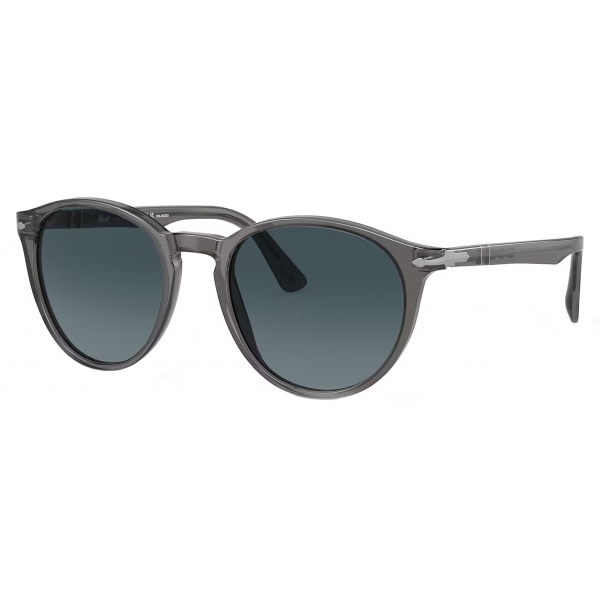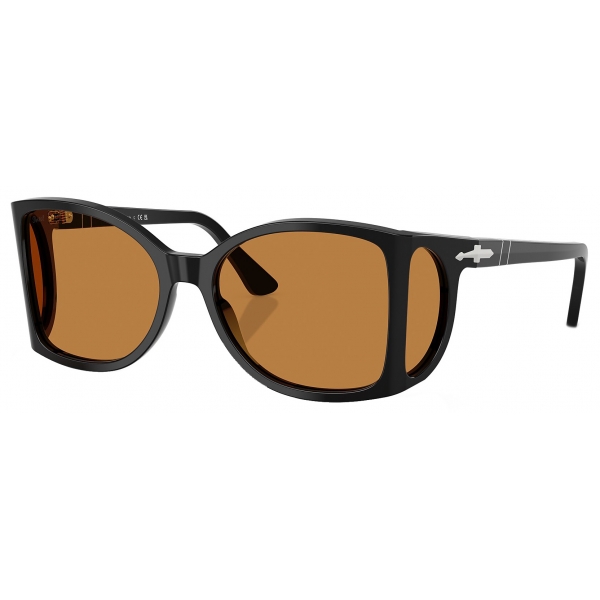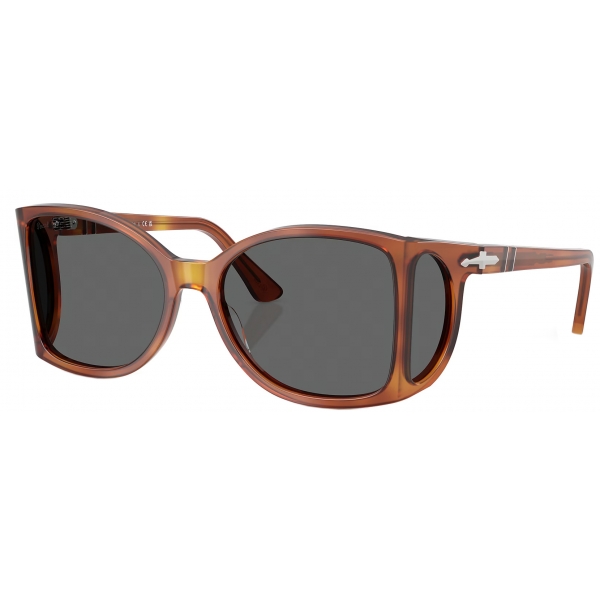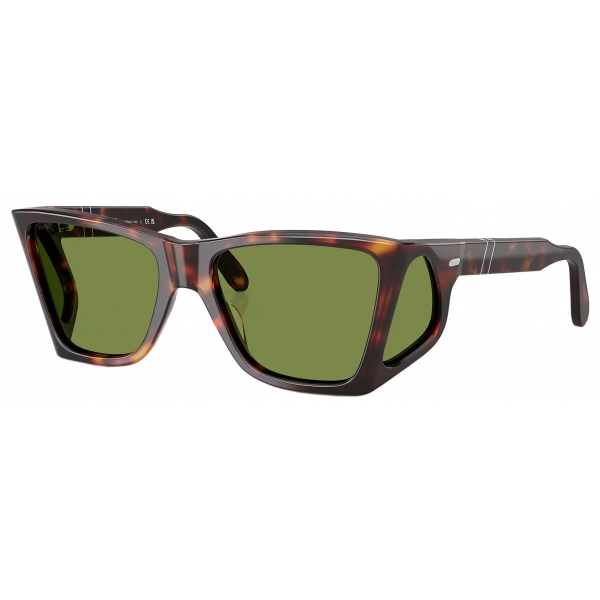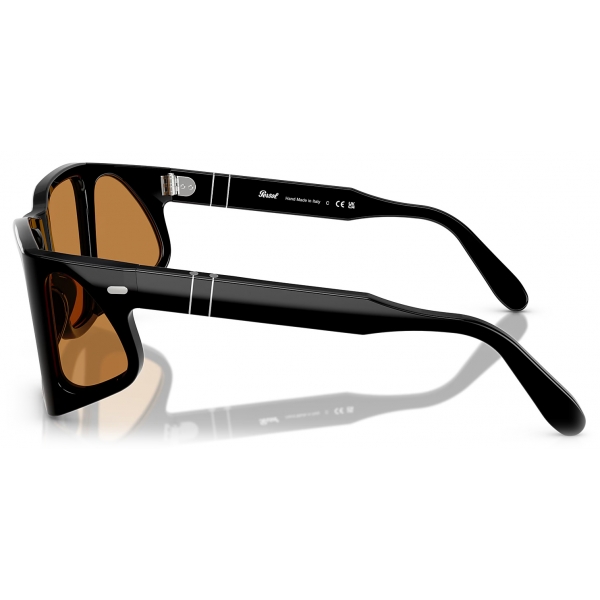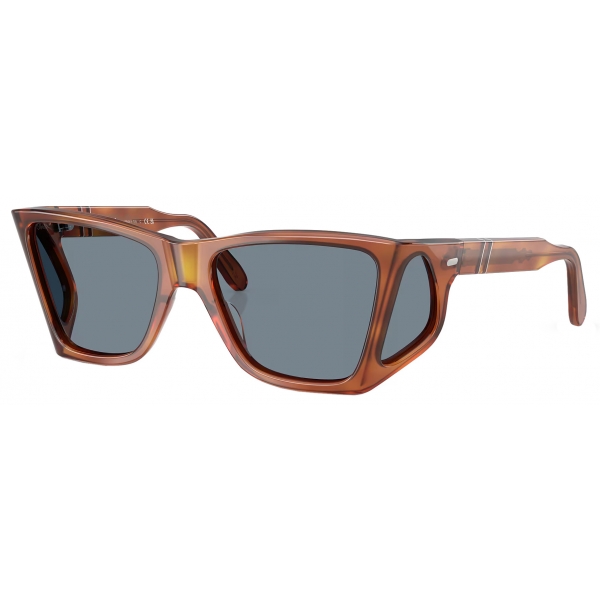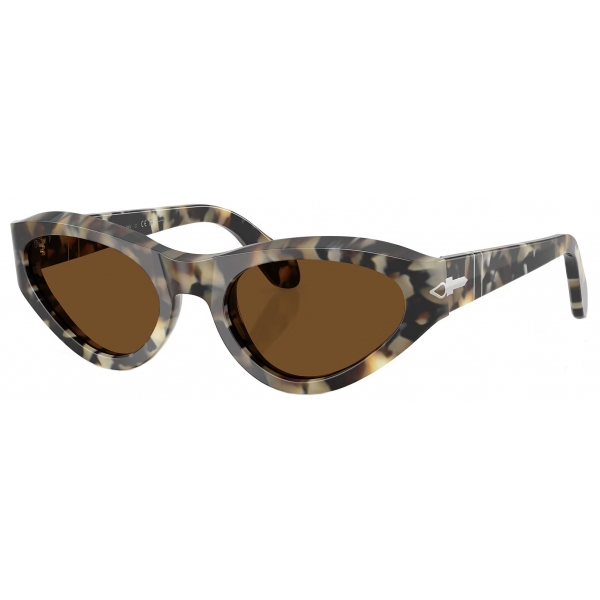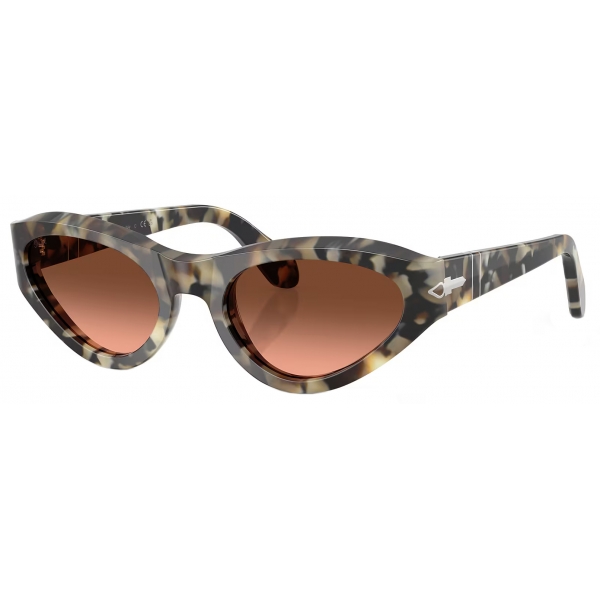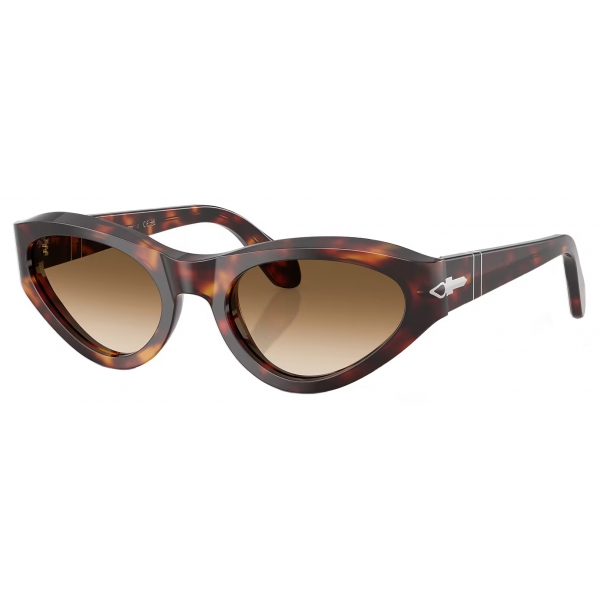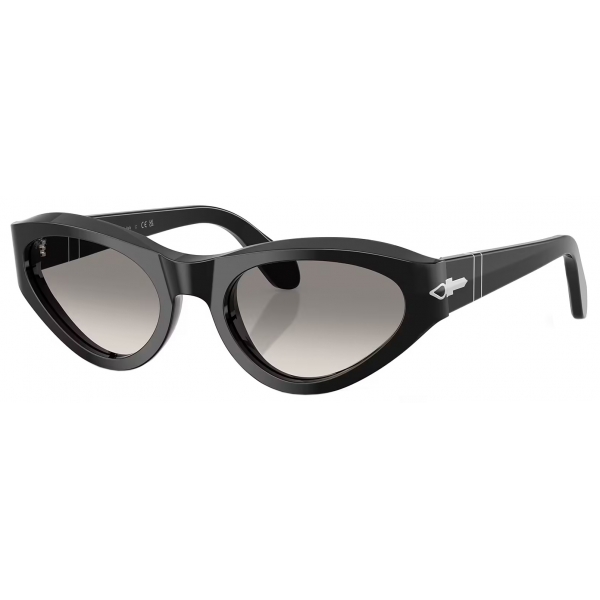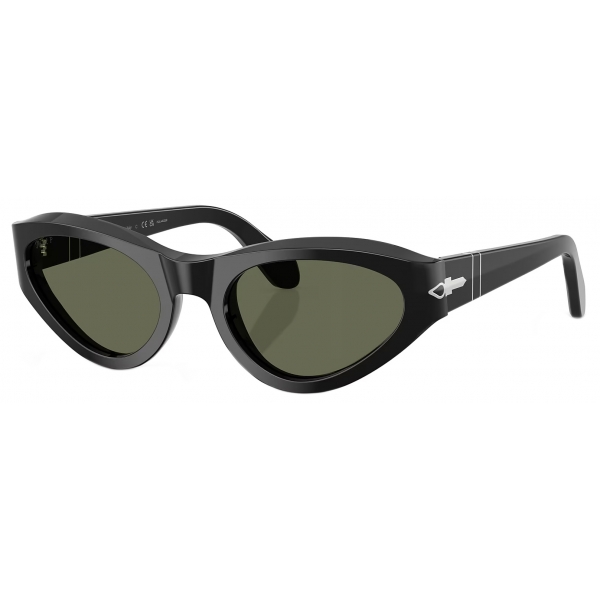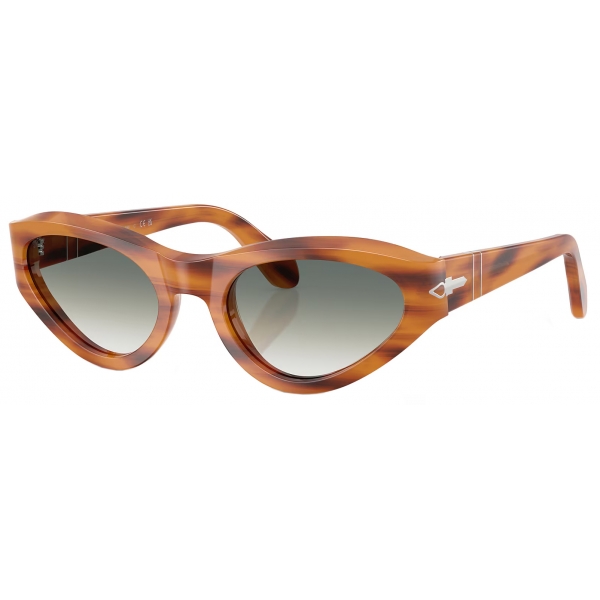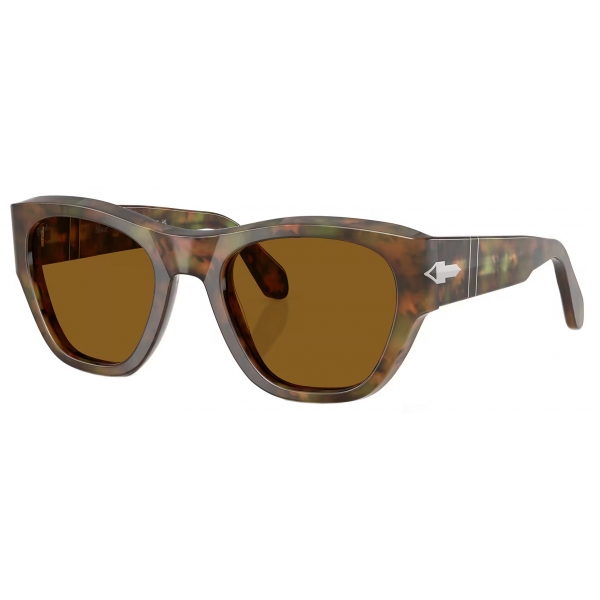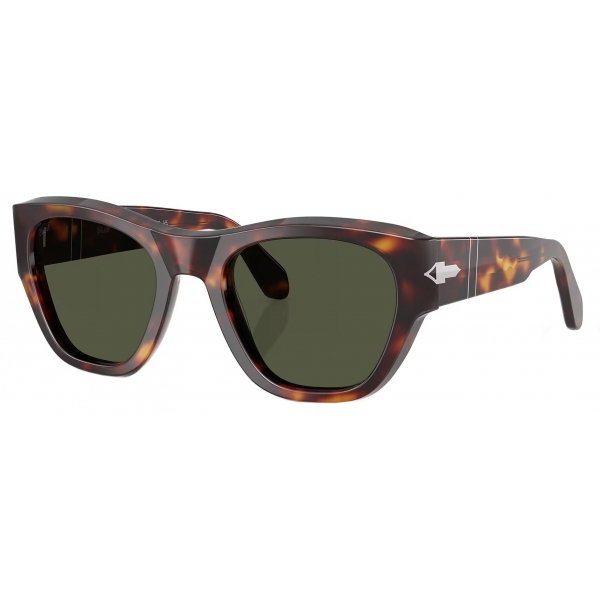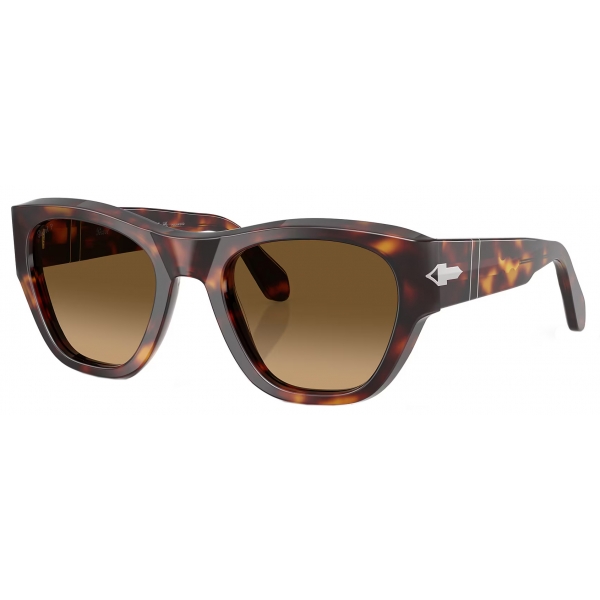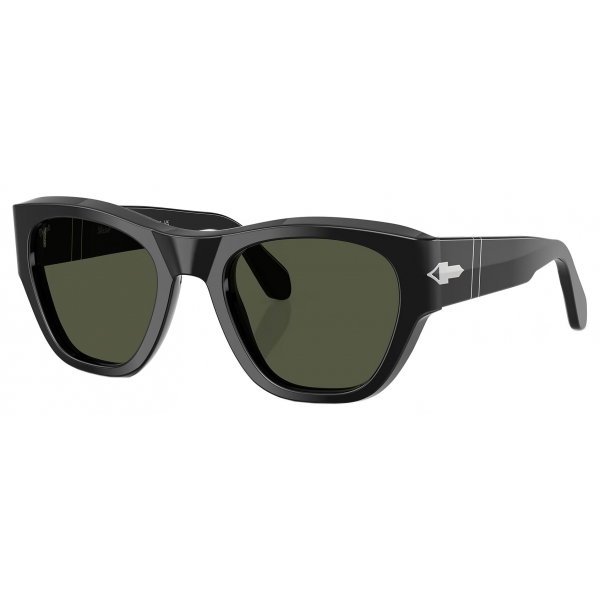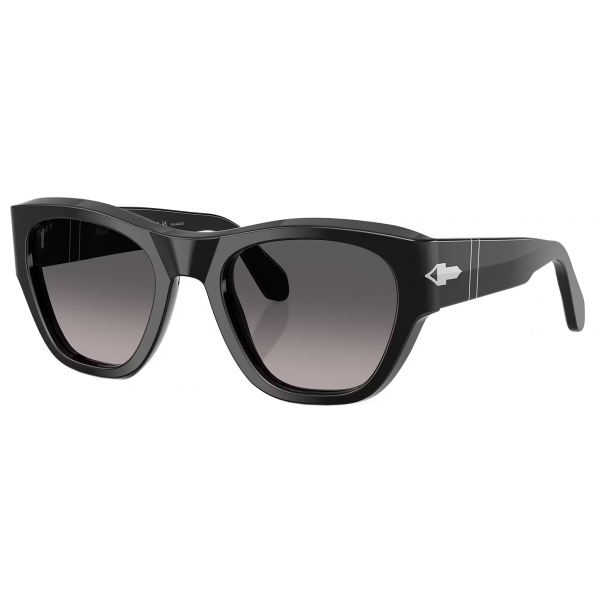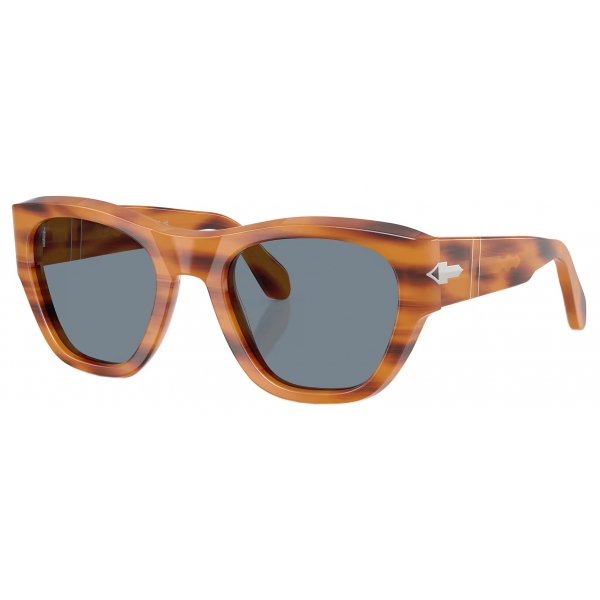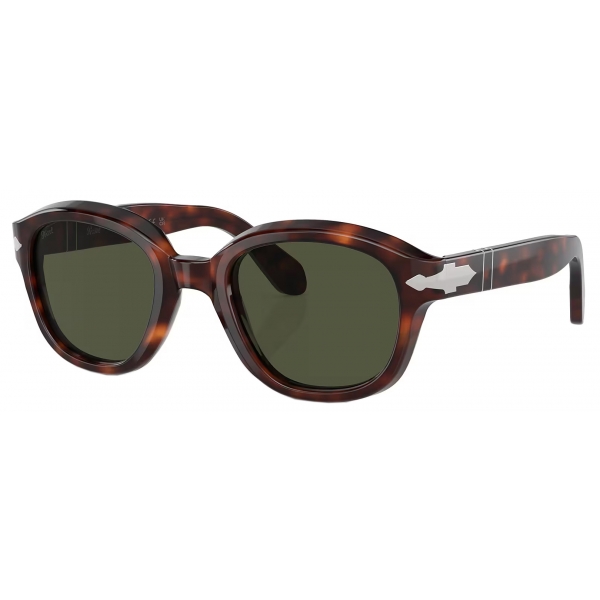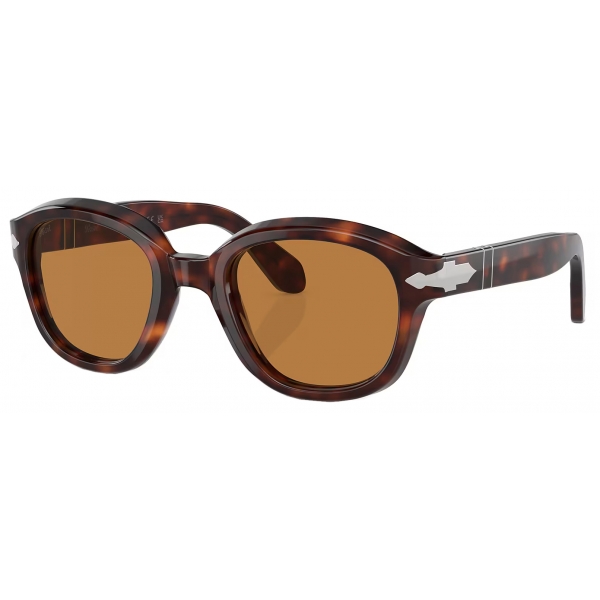No products
Categories
- Fashion Accessories
- Clothing
- Beauty & Lifestyle
-
Hi-Tech & Lifestyle
- Gaming
-
Case
- iPhone 11 Pro
- iPhone 11 Pro Max
- iPhone 11
- iPhone X / XS
- iPhone XS Max
- Samsung S10 / S10+ / S10e
- Huawei P30 / P30 Pro / P30 Lite
- Huawei P20 / P20 Pro / P20 Lite
- iPhone XR
- Samsung S9
- Samsung S9+
- iPhone 8 / 7
- iPhone 8 Plus / 7 Plus
- Samsung S8
- Samsung S8+
- Samsung S7
- Samsung S7 Edge
- iPhone 6 / 6 s
- iPhone 6 Plus / 6 s Plus
- iPhone 5 / SE
- Skin
- Audio
- Smart Home
- Drones & Hoverboard
- Photo & Video
- Desk Supplies
- Accessories
- Games
- Beverages
- Food
- Home
- Jewelry
- Luxury
- Travel
- Art
- Footwear
- Vintage Fashion
- Restaurants
- Sport
- Animals
- Gift Ideas
- Kidswear
Extra
Persol
For The Sun
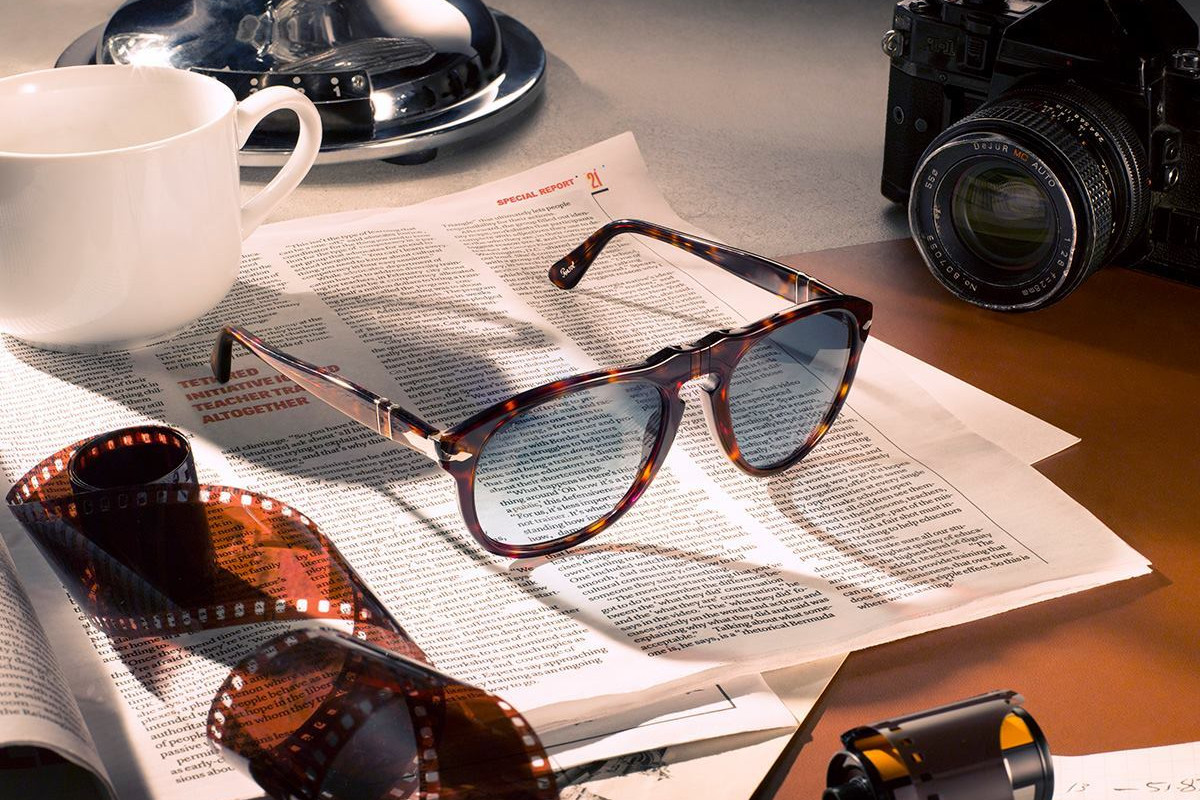
Turin 1917, Giuseppe Ratti, photographer and owner of Berry Opticians, began to make technically advanced glasses, designed to satisfy the demands of pilots and sports drivers who required comfort, protection and optimum vision. Protector glasses were born, made using round smoked lenses with rubber edges and attached to the head by means of elastic bands. Soon they were adopted by the Armed Forces and by pilots in the Italian Military Aviation. Thus Protector glasses were born, made using round smoked lenses with rubber edges and attached to the head by means of elastic bands. Soon they were adopted by the Armed Forces and by pilots in the Italian Military Aviation. Intuition, ingenuity, innovation and quality made Protector glasses the choice of several air forces around the world, including the United States. During this period they were worn by flying, driving and motorcycling aces - D'Annunzio, De Pinedo, Ferrarin, Chiron, Nazzaro, Fangio, Opessi, Bolognini and Ghersi to name but a few of their most famous users.
Presentation Persol
-
Persol - PO3152S - Transparent Grey / Gradient Blue - Sunglasses - Persol...
This phantos sun frame in acetate is characterised by thin profiles, combined with the keyhole bridge, iconic Arrow and Meflecto System. The style is available in a sophisticated colour palette, making this frame a masterpiece of Italian craftsmanship.
233,75 € 275,00 € -15%Reduced price ! -
Persol - PO0005 - Black / Yellow - Sunglasses - Persol Eyewear
Born to give full protection from the sun at every angle, the 4 Lenses model was created for the first time ever by Persol in 1935. Once called "glacier glasses", as it guaranteed maximum protection from the sun’s reflection on snow, it returns more iconic than ever.
259,25 € 305,00 € -15%Reduced price ! -
Persol - PO0005 - Terra di Siena / Dark Grey - Sunglasses - Persol Eyewear
Born to give full protection from the sun at every angle, the 4 Lenses model was created for the first time ever by Persol in 1935. Once called "glacier glasses", as it guaranteed maximum protection from the sun’s reflection on snow, it returns more iconic than ever.
259,25 € 305,00 € -15%Reduced price ! -
Persol - PO0009 - Havana / Green - Sunglasses - Persol Eyewear
Born to give full protection from the sun at every angle, the 4 Lenses model was created for the first time ever by Persol in 1935. Once called "glacier glasses", as it guaranteed maximum protection from the sun’s reflection on snow, it returns more iconic than ever.
259,25 € 305,00 € -15%Reduced price ! -
Persol - PO0009 - Black / Yellow - Sunglasses - Persol Eyewear
Born to give full protection from the sun at every angle, the 4 Lenses model was created for the first time ever by Persol in 1935. Once called "glacier glasses", as it guaranteed maximum protection from the sun’s reflection on snow, it returns more iconic than ever.
259,25 € 305,00 € -15%Reduced price ! -
Persol - PO0009 - Terra di Siena / Light Blue - Sunglasses - Persol Eyewear
Born to give full protection from the sun at every angle, the 4 Lenses model was created for the first time ever by Persol in 1935. Once called "glacier glasses", as it guaranteed maximum protection from the sun’s reflection on snow, it returns more iconic than ever.
259,25 € 305,00 € -15%Reduced price ! -
Persol - PO0052S - Brown Tortoise / Brown Polar - Sunglasses - Persol Eyewear
Protector glasses were born, made using round smoked lenses with rubber edges and attached to the head by means of elastic bands. Soon they were adopted by the Armed Forces and by pilots in the Italian Military Aviation.
403,75 € 475,00 € -15%Reduced price ! -
Persol - PO0052S - Brown Tortoise / Pink Gradient Brown - Sunglasses - Persol...
Protector glasses were born, made using round smoked lenses with rubber edges and attached to the head by means of elastic bands. Soon they were adopted by the Armed Forces and by pilots in the Italian Military Aviation.
403,75 € 475,00 € -15%Reduced price ! -
Persol - PO0052S - Havana / Clear Gradient Brown - Sunglasses - Persol Eyewear
Protector glasses were born, made using round smoked lenses with rubber edges and attached to the head by means of elastic bands. Soon they were adopted by the Armed Forces and by pilots in the Italian Military Aviation.
361,25 € 425,00 € -15%Reduced price ! -
Persol - PO0052S - Black / Clear Gradient Grey - Sunglasses - Persol Eyewear
Protector glasses were born, made using round smoked lenses with rubber edges and attached to the head by means of elastic bands. Soon they were adopted by the Armed Forces and by pilots in the Italian Military Aviation.
361,25 € 425,00 € -15%Reduced price ! -
Persol - PO0052S - Black / Green Polar - Sunglasses - Persol Eyewear
Protector glasses were born, made using round smoked lenses with rubber edges and attached to the head by means of elastic bands. Soon they were adopted by the Armed Forces and by pilots in the Italian Military Aviation.
361,25 € 425,00 € -15%Reduced price ! -
Persol - PO0052S - Striped Brown / Clear Gradient Green - Sunglasses - Persol...
Protector glasses were born, made using round smoked lenses with rubber edges and attached to the head by means of elastic bands. Soon they were adopted by the Armed Forces and by pilots in the Italian Military Aviation.
361,25 € 425,00 € -15%Reduced price ! -
Persol - PO0054S - Caffe / Brown - Sunglasses - Persol Eyewear
Protector glasses were born, made using round smoked lenses with rubber edges and attached to the head by means of elastic bands. Soon they were adopted by the Armed Forces and by pilots in the Italian Military Aviation.
361,25 € 425,00 € -15%Reduced price ! -
Persol - PO0054S - Havana / Green - Sunglasses - Persol Eyewear
Protector glasses were born, made using round smoked lenses with rubber edges and attached to the head by means of elastic bands. Soon they were adopted by the Armed Forces and by pilots in the Italian Military Aviation.
361,25 € 425,00 € -15%Reduced price ! -
Persol - PO0054S - Havana / Brown Gradient - Sunglasses - Persol Eyewear
Protector glasses were born, made using round smoked lenses with rubber edges and attached to the head by means of elastic bands. Soon they were adopted by the Armed Forces and by pilots in the Italian Military Aviation.
403,75 € 475,00 € -15%Reduced price ! -
Persol - PO0054S - Black / Green - Sunglasses - Persol Eyewear
Protector glasses were born, made using round smoked lenses with rubber edges and attached to the head by means of elastic bands. Soon they were adopted by the Armed Forces and by pilots in the Italian Military Aviation.
361,25 € 425,00 € -15%Reduced price ! -
Persol - PO0054S - Black / Grey Gradient - Sunglasses - Persol Eyewear
Protector glasses were born, made using round smoked lenses with rubber edges and attached to the head by means of elastic bands. Soon they were adopted by the Armed Forces and by pilots in the Italian Military Aviation.
403,75 € 475,00 € -15%Reduced price ! -
Persol - PO0054S - Striped Brown / Light Blue - Sunglasses - Persol Eyewear
Protector glasses were born, made using round smoked lenses with rubber edges and attached to the head by means of elastic bands. Soon they were adopted by the Armed Forces and by pilots in the Italian Military Aviation.
361,25 € 425,00 € -15%Reduced price ! -
Persol - PO0060S - Havana / Green - Sunglasses - Persol Eyewear
Protector glasses were born, made using round smoked lenses with rubber edges and attached to the head by means of elastic bands. Soon they were adopted by the Armed Forces and by pilots in the Italian Military Aviation.
361,25 € 425,00 € -15%Reduced price ! -
Persol - PO0060S - Havana / Green - Sunglasses - Persol Eyewear
Protector glasses were born, made using round smoked lenses with rubber edges and attached to the head by means of elastic bands. Soon they were adopted by the Armed Forces and by pilots in the Italian Military Aviation.
361,25 € 425,00 € -15%Reduced price ! -
Persol - PO0060S - Havana / Yellow Brown - Sunglasses - Persol Eyewear
Protector glasses were born, made using round smoked lenses with rubber edges and attached to the head by means of elastic bands. Soon they were adopted by the Armed Forces and by pilots in the Italian Military Aviation.
361,25 € 425,00 € -15%Reduced price !



